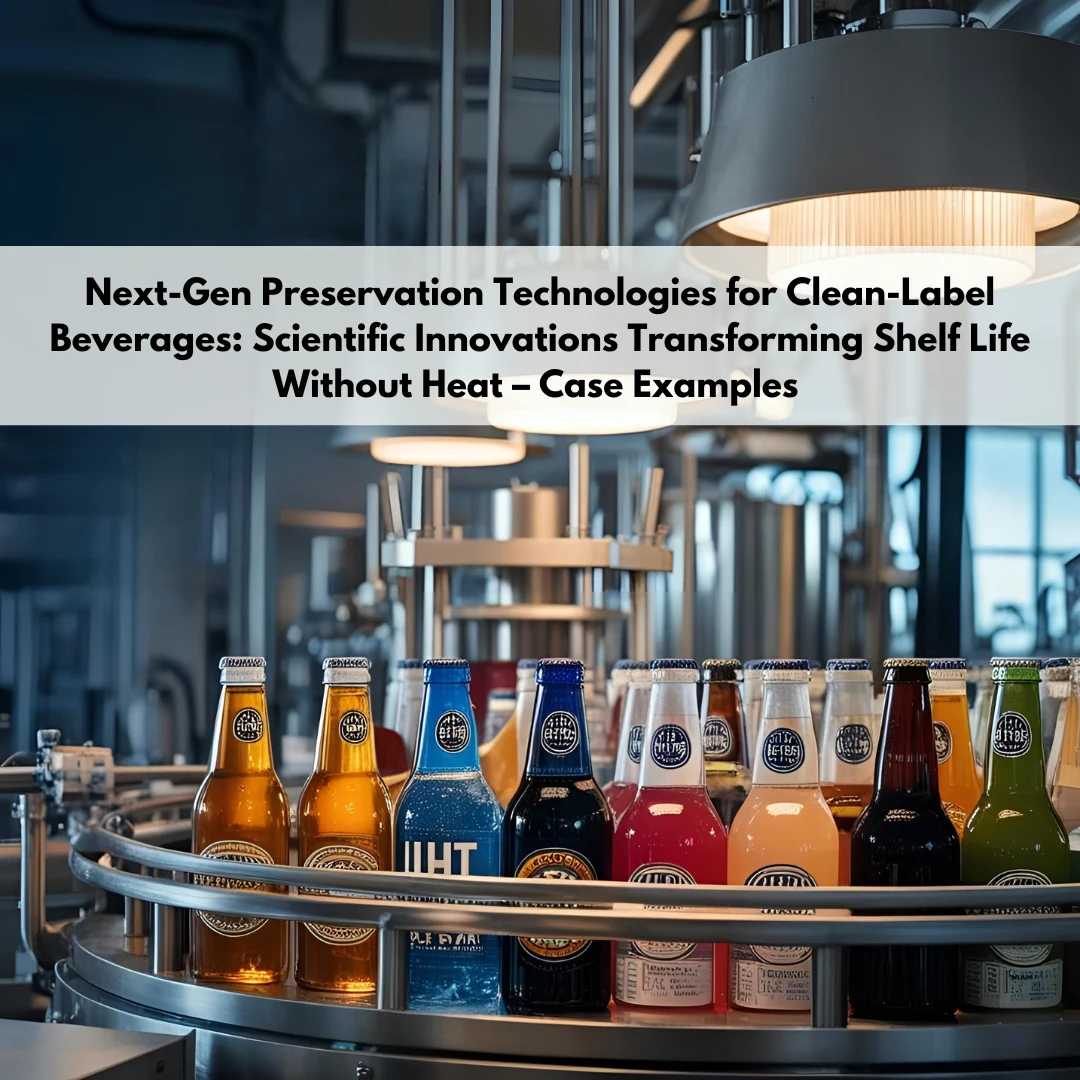Why it matters to juice manufacturers:
If producing heat-sensitive fruit juices such as bayberry, IEF offers preservation conditions gentler and faster concerning flavor, color, and nutrition. Safety is guaranteed.
For clean label or functional juice brands, IEF could provide a differentiating process technology without affecting the shelf life or compliance.






